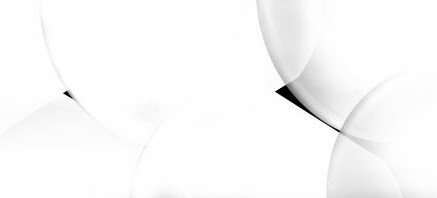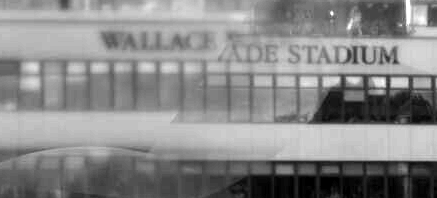Introduction
The AWARE2 camera has evolved since its conception in 2011 and first gigapixel images in September 2011. Initial composites from the micro-cameras were based off the ray trace model, which varied from the actual camera. This caused overlap errors, uneven illumination, unregistered overlapped regions, and pointing mismatches. Auto focus, auto exposure, and live-view mode were unavailable, causing many micro-cameras to under preform. In early images dynamic range was forfeited until HDR tonemapping was added to the compositer.
Overview of Advancements
Illumination Correction
The relative illumination map from the Zemax optical model varies significantly from the actual illumination, due mainly from stray light, shown below. The bright rings towards the edge of the field are caused by reflections from the edges of the front doublet in the micro-optic. To correct this, flat field images were taken and used to divide through the image, vitually eliminating this problem.

Gaps in the Image Field
Gaps in the image field are caused by pointing errors from the actual camera versus theoretical. A look-up table was used to combine the images shown below, where large gaps in the field are shown. Finding control points for registration corrects the lookup table and eliminates most of the gaps.

Optic Quality
The first few runs of micro-optics degraded in image quality rapidly towards the edges. Tolerancing, diffractive optics errors, and modeling problems caused significant blurring. Glass optics have been designed and show excellent image quality. Improved plastic optics are under development in order to keep the cost per micro-camera as low as possible.

The glass micro-optics image is shown below, at 100% zoom level. The edge sharpness is nearly identical to center.

Pointing Errors
Registration errors, shown below, arise from pointing errors. Control points were found in sets of images to build up a look-up table based on the actual camera pointing, fixing this problem.
